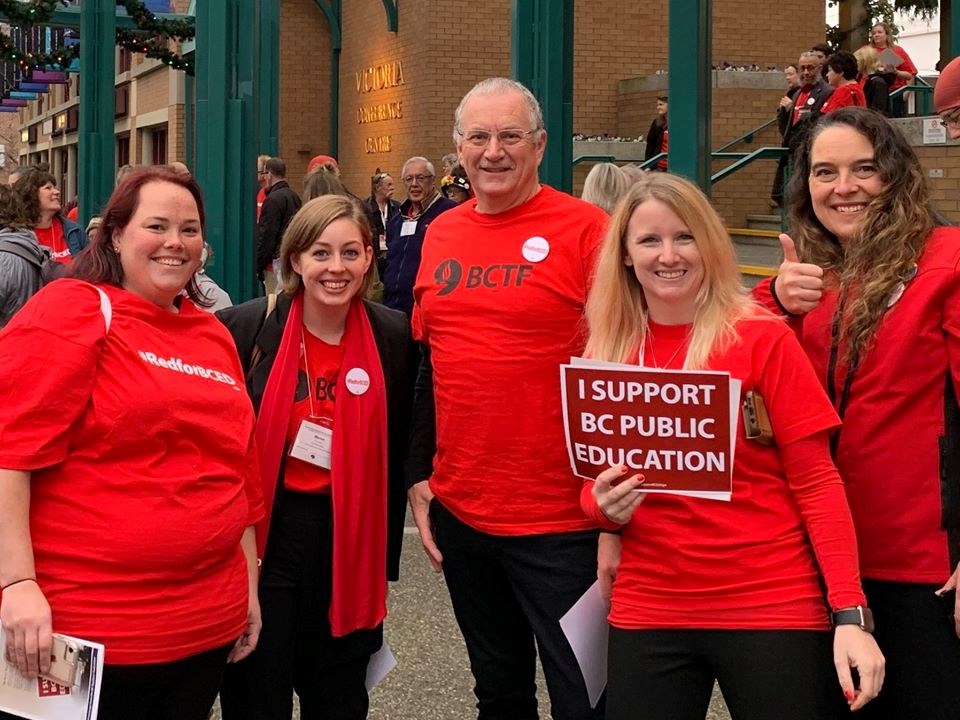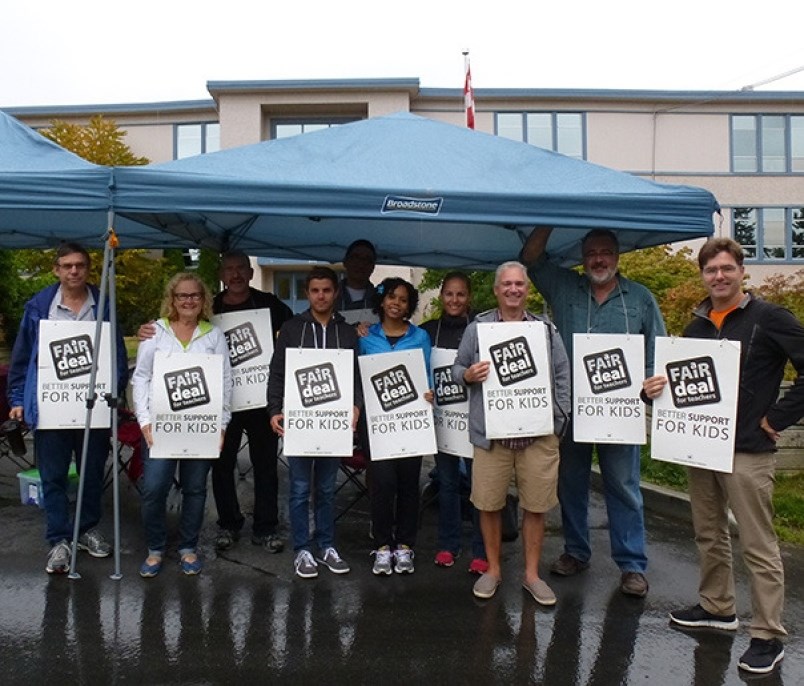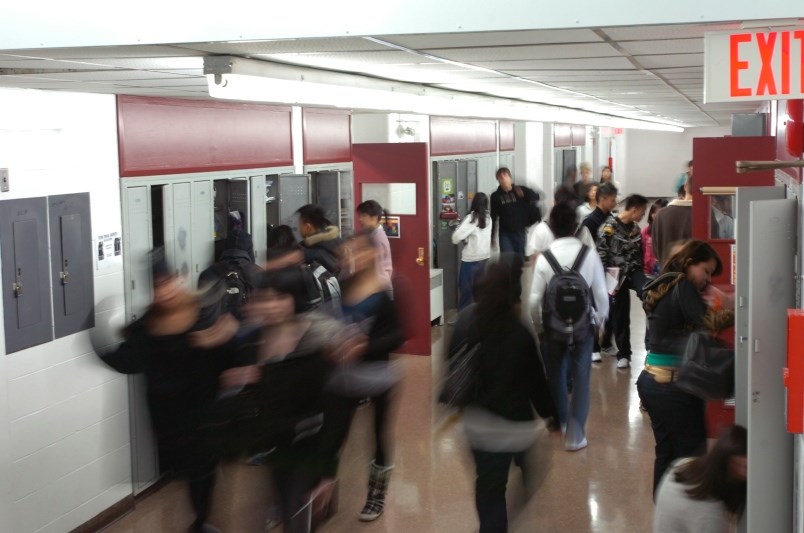This week the BC Teachers' Federation released its job action plan to members but stated it is committed to ongoing mediated talks to reach a settlement.
The Coquitlam Teachers' Association, meanwhile, reminds parents they need not worry as the plan is just an exeercise in being prepared and every step requires a vote — and lots of notice.
Still many with memories of previous strikes and those new to the education might be wondering what it all means. The Tri-City News put together a list of questions and answers for those trying to sort it all out.
1. Is there going to be a strike?
There are no imminent plans for a teacher strike and talks with mediator David Schaub are ongoing. But the BC Teachers’ Federation recently sent a memo to its membership, which it also made available to the media, outlining a job action plan, in the event talks fail.
2. Why are teachers wearing red?
With talks ongoing, teachers are in the plan’s first phase, which is public and political advocacy. Teachers might wear red as part of a #RedForBCED campaign, sign a petition or attend a rally. According to the BC Public School Employers Association (BCPSEA), teachers can wear a red shirt in the classroom as part of their freedom of expression long as their their actions do not potentially cause harm or bias to students and/or disruption to the education system.

3. What is the job action plan?
Teachers have outlined a job action plan, but nothing is happening now and a strike vote is required for each stage. In Phase 2 under the plan, teachers wouldn’t do administrative duties or fill in for sick colleagues. But they could still do extra-curricular and volunteer activities. Phase 3 would be rotating strikes organized locally, and Phase 4, if needed, would be a province-wide strike.
4. Why are teachers negotiating now?
The teachers’ contract expired June 30, 2019 but they've been negotiating for more than a year with the BC Public School Employers’ Association.
3. What are the issues?
The BCTF is worried the province wants to remove negotiated class size and composition language, which teachers say would negatively affect their classrooms and result in the loss of control of working conditions. This year, School District 43 received $36 million to hire teachers and support workers as the result of the BCTF’s successful BC Supreme Court ruling restoring class size and composition to 2002 levels.
5. What about wages?
The province wants teachers to abide by a sustainable service mandate of 2% in each of three years, which other public servants have accepted. Using comparable data from other provinces, however, teachers say they should get more because they are among the lowest paid in the country and higher pay would help in hiring qualified teachers, of whom there is now a shortage.
6. Who represents School District 43 teachers?
The Coquitlam Teachers’ Association is the local association, representing 2,300 teachers, who work in Coquitlam, Port Moody, Port Coquitlam and Anmore public schools, making the CTA the third largest BCTF local in the province.

7. What happened last time?
In 2014, there were rotating strikes in SD43, when schools closed for three days, the school year ended early and then started late the following September. The province also issued a lockout notice that raised concerns about after-school and volunteer activities but were still permitted by BCPSEA, according to a FAQ issued at the time. However, the job action did effect the start-up of some sports and some traditional end of year activities. Parents were also paid $520 per student under the age of 12 for 13 days lost to job action. An agreement was finally reached in mid-September.



